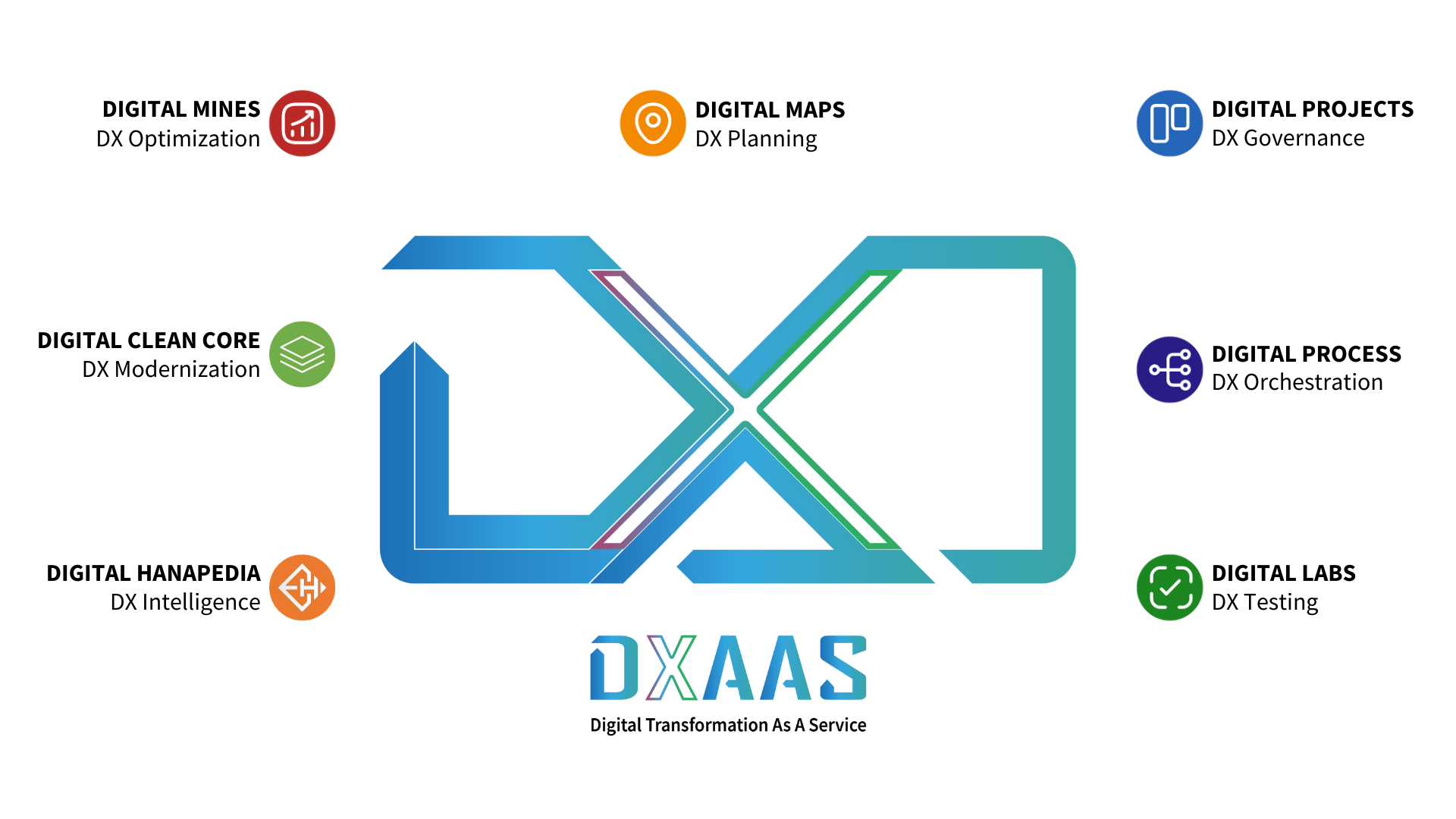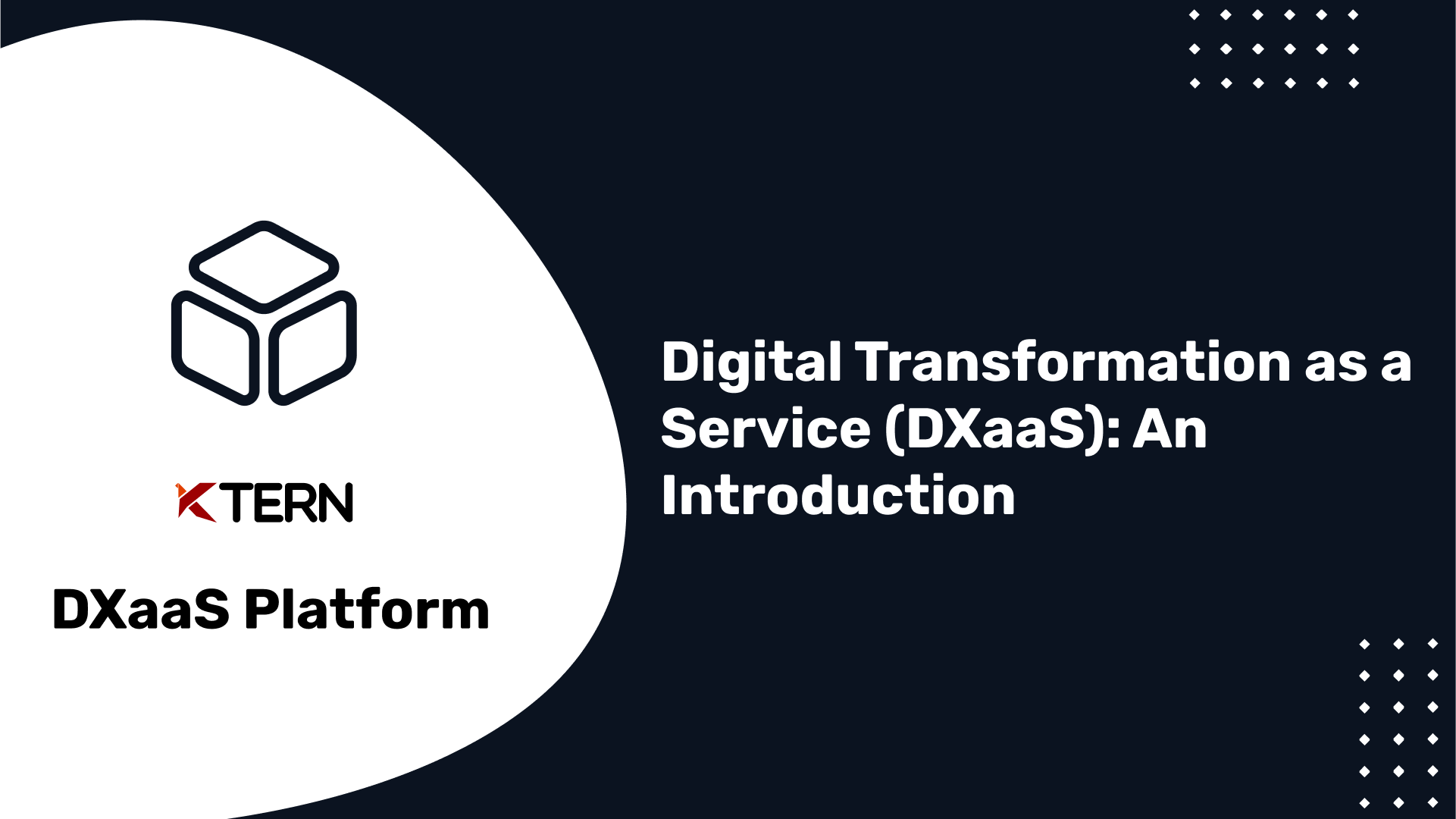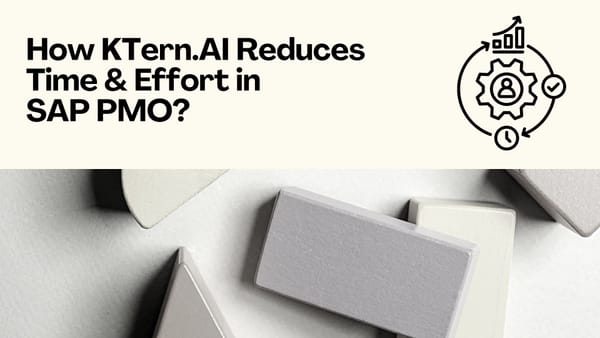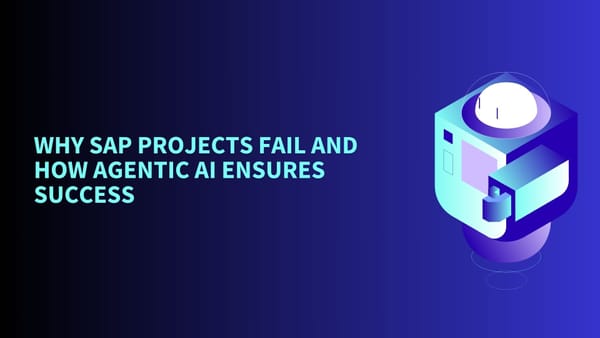Digital Transformation as a Service (DXaaS): An Introduction
According to a report by the World Economic Forum, it is expected that Digital Transformation will realize over $100 trillion by the next decade. Digital Transformation can vary between each organization; it can range from modernizing IT or optimizing the existing processes to creating entirely new value chains or new business models that the company could tap as we transition into this new Digital Economy.
Table of contents
- What is Digital Transformation all about?
- Is Digital Transformation Simple?
- Introducing Digital Transformation as a service (DXaaS or DTaaS)
- The Move from DX to DXaaS
- Succeeding in a DXaaS environment
- Advantages of using DXaaS
- Next Steps
What is Digital Transformation all about?
Digital Transformation is all about improving the end-user experience; it can be either the customers or employees or even a combination of both. This is a terrific opportunity for IT departments in every industry to drive a two-pronged innovation agenda, addressing customer expectations.

-
First, companies can leverage IT to drive competitive advantage with smarter, simplified business processes and new, compelling business models.
-
Secondly, Businesses must simplify their IT landscapes so they can become more flexible. Too many companies rely on solutions that were designed for computing systems a generation or two ago. This incumbent IT infrastructure cannot meet the demands of business today.
Is Digital Transformation Simple?
Digital Transformation has nothing but Vast promises, but it isn’t as easy as it seems. According to a report by McKinsey, only less than 30 percent of the companies succeed with digital transformation, and it is even more difficult in traditional industries such as oil and gas automotive.

In the year 2018, of the $1.3 trillion spent on Digital Transformation, it is estimated that almost $900 billion went to waste.
Failure of a Digital Transformation initiative can be due to lack of precise business goals, lack of proper skills, Cultural hesitation, and simply lack of collaboration between the key stake holders.
Introducing Digital Transformation as a service (DXaaS or DTaaS)
Companies that undergo Digital Transformation are left with a huge silo of data at an enterprise level with no scope for further innovation. This has given rise to an all-new model where the discrete consulting and IT projects is now combined into the ‘as-a-service model with multiple technology and service providers in the fray. Digital Transformation as a Service (DXaaS) model enables continuous, end-to-end transformations with the ability to adapt to changing business environments.
Democratizing SAP Digital Transformation as a Service (#DXaaS)
DXaaS model allows for flexibility, scalability, and greater integrations among various tech and service providers, thereby allowing continuous improvements and aims at democratizing digital transformation and increasing the chances of success for the DX initiative.

The Move from DX to DXaaS
- A Digital Transformation initiative is a huge undertaking and usually involves many stakeholders, a large number of processes within each business unit, requires constant governance, and Stakeholders are often required to make adjustments regularly during the go-live.
- Hence, it is becoming increasingly difficult to isolate an area of improvement. And that is why the discrete consulting approach is becoming insufficient.

- DXaaS holistically combines the technology and service components to provide End-To-End Digital Transformation encompassing Strategy, culture, and repetitive Improvements.
- With the latest advancements in technology like the Internet of Things (IoT), Machine Learning, Cloud computing, and Artificial Intelligence, DXaaS is no longer a one-time engagement.
| Understanding DX and DXaaS |
DX |
DXaaS |
| 1. Requires constant governance | 1. Provide End-To-End Digital Transformation |
| 2. Difficult to isolate an area of improvement | 2. Cost-effective |
| 3. Discrete consulting approach is becoming insufficient |
3. More flexible and scalable |
It is a continuous transformation journey and entails the following benefits:
- Continuous problem-solving and process improvement through seamless integration among various service, technology, and hardware providers
- DXaaS is cost-effective as firms need not invest a lot of money upfront. The capital is spread across the course of the transformation
- More flexible and scalable
Succeeding in a DXaaS environment
DXaaS might be a new model or approach, but the guiding pillars of DXaaS remain the same.
Following are the four essential facets to succeed in a DXaaS world.
- Customer-centric
- Data-centric
- Strategy
- Culture

Customer-Centric Organization
Being a customer-centric organization is the first and foremost aspect to success in a DXaaS environment. Being customer-centric means customer experience and customer satisfaction becomes the absolute core of your organization. Every touchpoint has the customer’s best interest at heart. Customer-centricity also sets the scope for data collection and the other pillars of DXaaS.
Data-centric Organization
The success of Digital Transformation depends largely on data, and this includes data collection, cleansing, accessing, reporting, and data visualization. Firms that imbibe a data-centric culture focus on insights, optimization, and innovation. These firms typically have an in-house data science team, a Chief Data Officer (CDO), and Head of Business Intelligence to understand and make sense of large chunks of data.
Strategy
Next, the top management of firms who are keen to adopt the Digital Transformation as a Service model should establish bold and clear strategies not just at the functional or business process level but at the enterprise level. Enterprise strategy typically deals with issues that affect the entire organization as a whole. An enterprise-level strategy helps top leaders to identify the correlation between data and mobilize various units accordingly.
Culture
The final and yet the most important facet of making DXaaS work is the culture. Culture is the values, customs, beliefs, and symbolic practices that the organization’s people follow. In today’s rapidly changing technology landscape and remote-work culture, defining multi-year investments and targets is becoming increasingly difficult. Hence, culture of continuous optimizations, improvements, and adjustments must be ingrained into the organization’s DNA.
Advantages of using DXaaS
One Unit, One Goal
A transformation endeavour involves numerous business service providers, technology providers, and hardware providers; the DXaaS platform must bring these stakeholders together and support a continuous transformation while constantly responding to the Changing Business Environment.
Scalability and economic efficiency
- Through its Value-based Subscription Models, DXaaS minimises the significant upfront Investment requirement that impedes an organization's digital transformation endeavour.
- The subscription model enables your business to launch its digital transformation programme virtually immediately and to scale it up or down in response to changing business requirements.

Integrated Solutions
- DXaaS encourages governance and automation throughout the full digital transformation process.
- After the transformation is over, DXaaS will assist in creating a model where you can continuously review and enhance current procedures.
Next Steps
SAP Digital Transformation (SAP DX) Programs need alignment, collaboration, transparency and diligent governance amongst different teams to achieve the intended goals.
Find out more on how KTern , the SAP DXaaS Automation platform can help you in your Digital Transformation journey by getting in touch with us.




